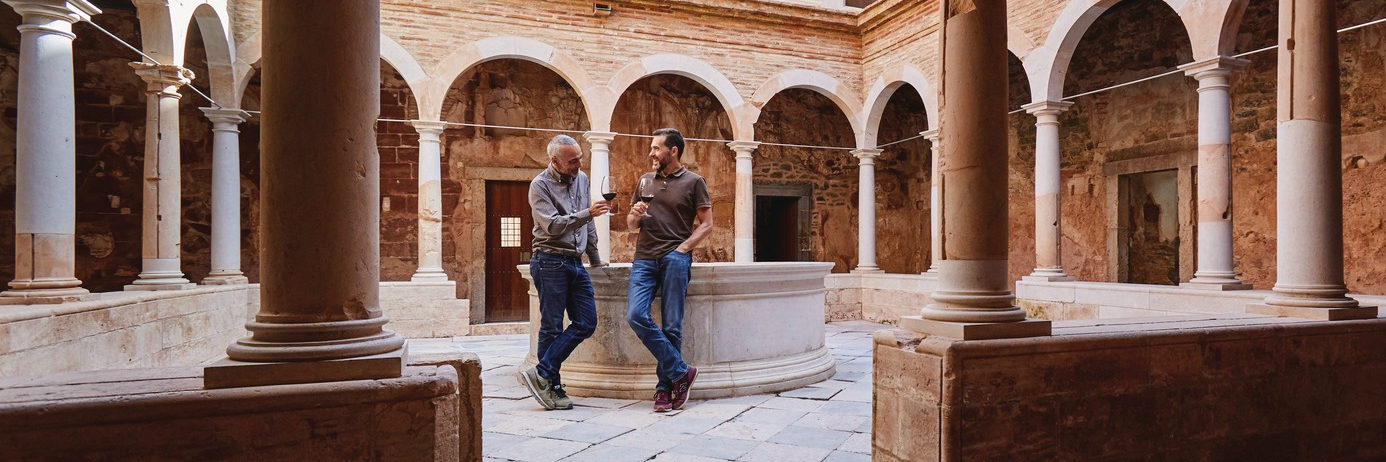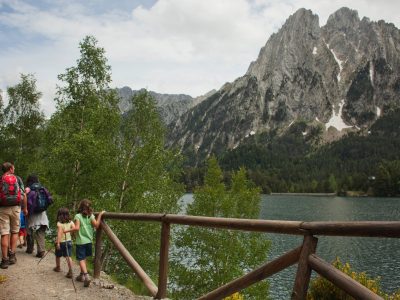
The DOQ Priorat Wine Route
The DOQ Priorat covers a territory of slopes that defy belief where viticulture has always been a Herculean enterprise and continues to be so today. It shares the region with the DO Montsant, the youngest of the Catalan designations of origin, which has become the revelation of recent years for its growth. For this reason, the wine tourism experience in both these wine regions revolves around the landscape, the understanding of this heroic viticulture with old vineyards that have survived the vicissitudes of time, with vines planted on steep slopes, on stony slate soils and rough terrain. To understand this past, a good starting point for the Priorat Wine Route is the Carthusian Monastery of Escaladei, the origin of the history of the Priorat and viticulture.
The first Carthusian monastery in the Iberian Peninsula was established in Escaladei, the Carthusian Monastery of Escaladei, a place of interest which is open to visitors. The monks, who had their own vineyard cultivation manual, which was followed in other French Carthusian monasteries, clearly understood that Grenache was the best grape for the slate soils of Priorat.
A Constellation of Small Wineries
Since that period, this area of Catalonia has maintained its wine activity for many centuries. The international recognition that the DOQ Priorat had already obtained back in the 19th century has been repeated in recent years, and today it is unquestionably one of the great wine regions of Europe, with wines recognised and praised by the most demanding international critics.
In the case of DO Montsant, this has also gained an international reputation in record time. The quality of its wines shows that the critics and the specialist press were right when they described it as “a great discovery” with “a very promising future”, shortly after its creation in 2002.
Walking along the Priorat Wine Route you will find a constellation of small wineries, numbering more than one hundred. Most are family-run companies, focused on the winemaking trade and committed to using Grenache and Carignan grapes as the raw materials for their wines, which blend perfectly with the land that produces them. The range of wineries that can be visited in the Priorat region, as well as the experiences they offer, such as grape-treading at the vineyards, experiencing the grape harvest or a guided wine tasting session, add up to a package to please the most demanding wine lover.










